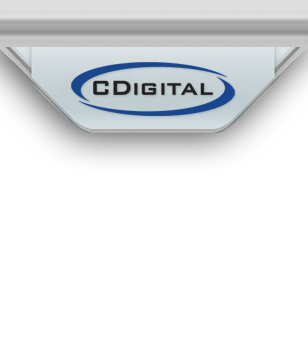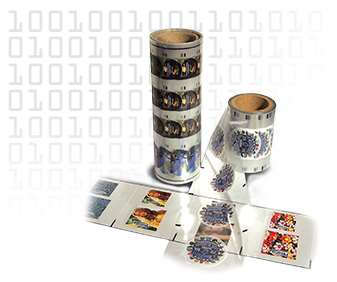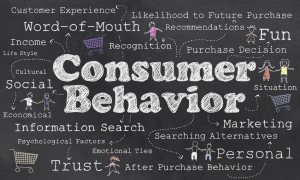In order for companies to improve product sales, they must first think like a consumer. What do these consumers need? Where do these consumers shop? And, perhaps most importantly, what catches these consumers’ eyes? As we have said before, purchasing decisions are greatly influenced by visual appeal.
“The big idea here is that perceptual processes happen in the brain in parallel with economic value computations and thus influence how economic decisions are made,” said Milica Mormann, a researcher at the California Institute of Technology.
By better understanding how consumers make purchasing decisions, companies can better market their products.
The Five Stages of Consumer Purchasing Decisions
In 1968, James F. Engel, David T. Kollat, and Roger D. Blackwell developed a model for consumer purchasing decisions. This five step process includes need recognition, information search, evaluation of alternatives to meet this need, purchase decision, and post-purchase behavior.
Need Recognition
First comes the need. The consumer decides they need a certain product to help them complete a certain task, whatever that may be. For example, you enjoy fresh squeezed orange juice in the morning, but you are tired of squeezing all of those oranges by hand. You have a need. The solution: purchase an electric juicer.
Even impulse buys require some degree of need recognition, even if it is not well thought out. This type of need recognition is prompted by external stimuli, such as advertisement or product design.
Information Search
Once the need is identified, the consumer will seek information about possible solutions. In our above scenario, the need is a better solution to enjoy freshly squeezed orange juice without all of the work. After information search, the consumer will find his/her solution an electric juicer.
The more complex the purchasing decision, the more complex the information search.
Alternative Evaluation
Once the solution is identified, the consumer will evaluate different products or solutions. Which brand of electric juicer makes the most sense? Which style? Which color? And, of course, cost plays a factor. The consumer evaluates products or solutions based on objective characteristics – features and functions – and subjective characteristics – perception and perceived value of the brand.
Purchasing Decision
Finally, the consumer is ready to make his/her purchasing decision,
Post-Purchasing Decision
Once the product is purchased and used, the consumer will evaluate his/her decision. Was it the right decision?
Give the People What They Want: Visually Pleasing Products
The eye naturally gravitates to what the mind finds most engaging or most aesthetically appealing. In layman’s terms, this means purchasing decisions are greatly influenced by visual appeal. Digital heat transfers from CDigital, formerly trademarked as Grafixx, can help make your products more visually appealing, more eye-catching.
CDigital is the leader in digital heat transfers!
One of the most popular methods for decorating plastics (and the only digital solution for decorating glass), digital heat transfers consistently outperform in-mold labeling, pressure sensitive labeling, and silk screen decorating. Click Here to learn more about the benefits of digital heat transfers.
For more information about how Digital Heat Transfers can impact purchasing decisions, you can contact CDigital at 410-646-7800 or fill out one of our Contact Forms for easy online communication. You can also follow our Facebook, Twitter, Google+, Pintrest, and YouTube accounts for our latest news.
Tags: Consumer, Purchasing Decisions


